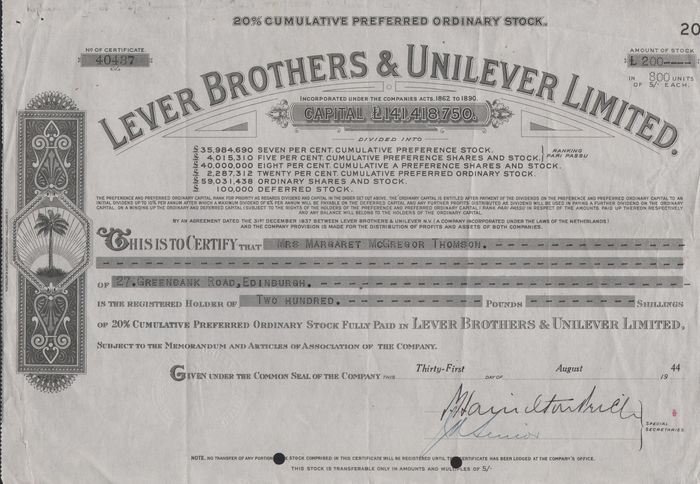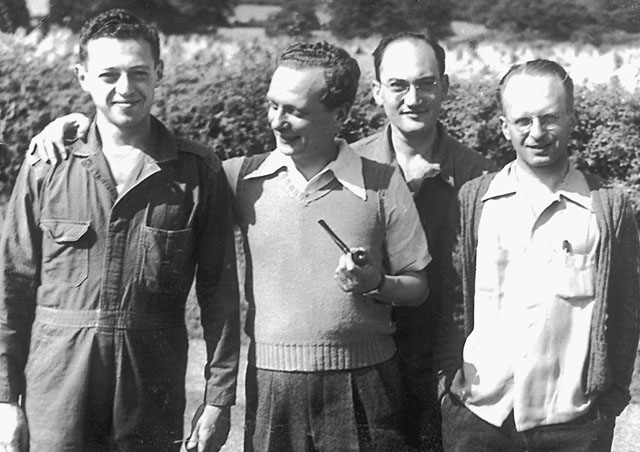
In 1904, a farmer of German or Danish origin named Josef Conn acquires the lease for the Ducks Hill Plantation from King’s College Cambridge. He will go on to build the first residence on the site, named Horsens. His wife, Mrs Josef Conn, might have operated a Hydrotherapy Centre at Horsens. It is certain that the “Danish Exercise” method she popularised, became something of a sensation among ladies in the next decade, laying the early foundations for UK’s wellness and keep-fit industry. The Conns leave Horsens after the outbreak of WW1.

Sir Howard Stransom Button, a Conservative MP, Councillor, and High Sheriff of Middlesex owned the adjacent Mad Bess Wood throughout the 1920s and 30s, and may have been associated with the mansion. Sir Howard was the chairman of the family owned chain of greengrocers Alfred Button & Sons of Middlesex, which went on to become supermarket chain Budgens, a staple local grocery store brand present to this day.

Circa 1920, one of the house’s most colourful residents moves in : he is Meyer Franklin Kline, a travel writer from Tennessee who made a fortune publishing his annual round the world adventures on behalf of a Japanese Steamer company. Kline expanded the mansion during his residency, and renamed it Kokyo – after the name of the Japanese Imperial Palace in Tokyo. He went on to decorate it with luxury items sourced during his travels, including two Chinese bronze lion statues and other oriental ornaments for his garden, as well as the lavish furnishings of a state cabin salvaged from one of his employer’s luxury steamers. He will later rename the mansion once more, to Franklin House. Kline’s fortunes reverse just before the outbreak of WW2, presumably as a result of his close business & personal ties with Japan.

For a brief period around 1940, a certain Mrs Hertog appears to have resided in Franklin House. She may have been Mrs Rica Hertog (or one of her sisters), a member of the powerful Hertog/Van Den Bergh family of margarine industrialists from the Netherlands. Her brothers and uncles were among the first directors of newly founded Unilever, formed in 1938 – a company that to this day remains one of the largest consumer goods producer in the world.

During World War 2, Franklin House is requisitioned by the War Office and used to train agents of the U.S. Office of Strategic Services for missions over occupied Europe. Some of the agents trained at the Franklin House were Communist members of London’s Free Germany Committee, ordinary working class men who risked their lives parachuting into Germany in March 1945 to report back on behalf of the Allies. Many of them never returned, and those who survived were never recognised for their service as Cold War mistrust intensified after the end of hostilities.

After the end of the war, the Royal Air Force supported the conversion of the Franklin House to a residential college, that also doubled as a memorial to the RAF squadrons that participated in the Battle of Britain. From 1947 onward, the mansion will be known as Battle of Britain House. The residential college was run by Victor and Gwendolen Stanyon, who offered classes on subjects such as painting and pottery, and lectures on poetry, literature and current affairs. Sadly, the mansion burned down to a crisp during renovations on a hot summer day in 1984, a blaze so destructive where little remained apart from the walls. After a long period of consultation about the future of the site, the Council decided to abandon the site to be reclaimed by the woods.
